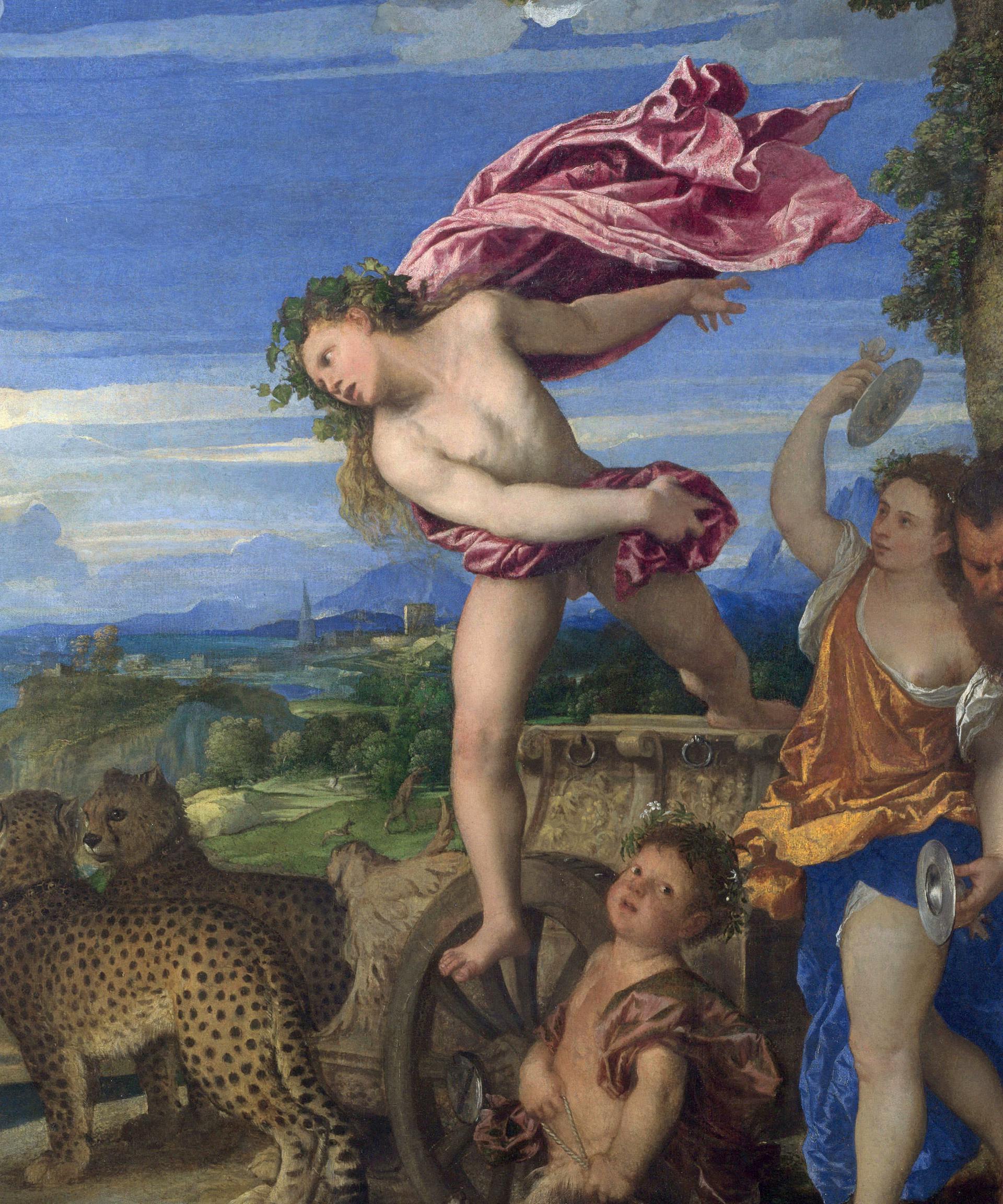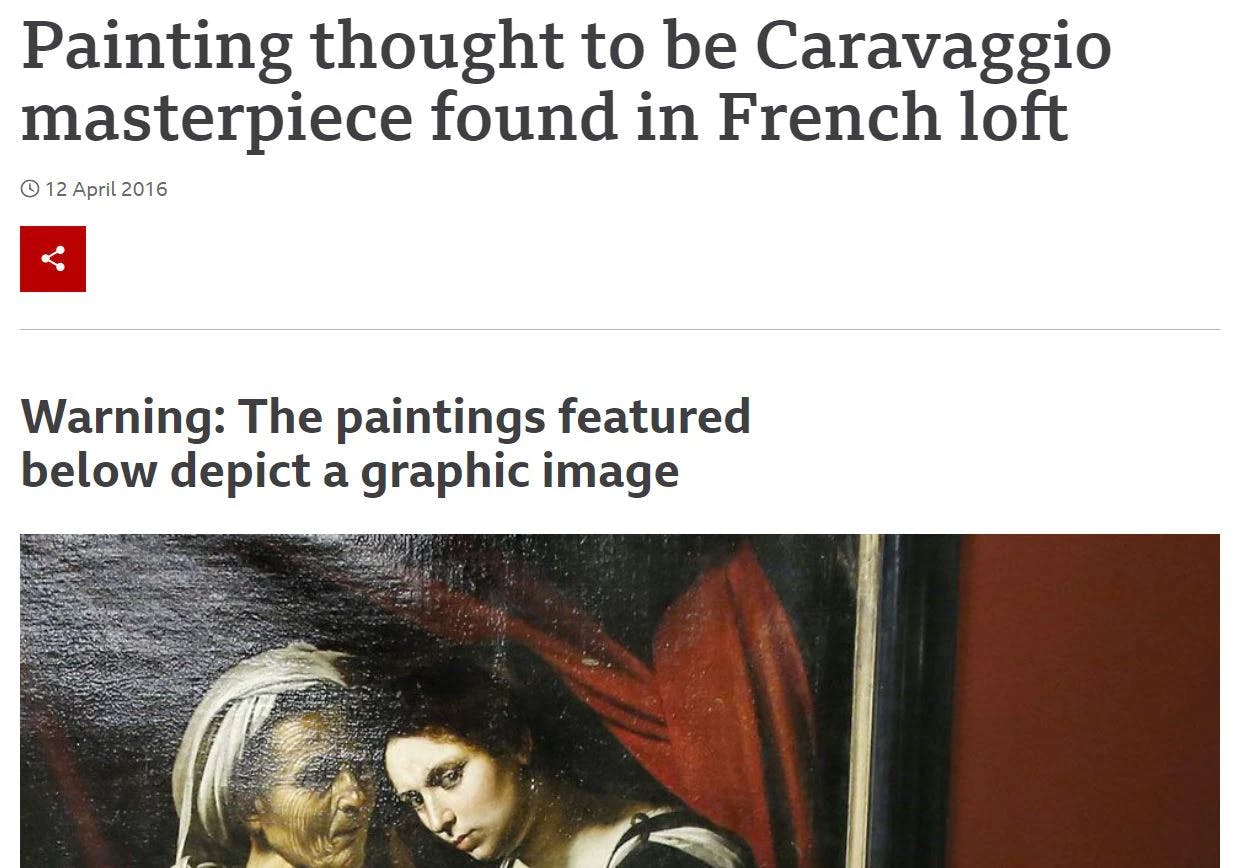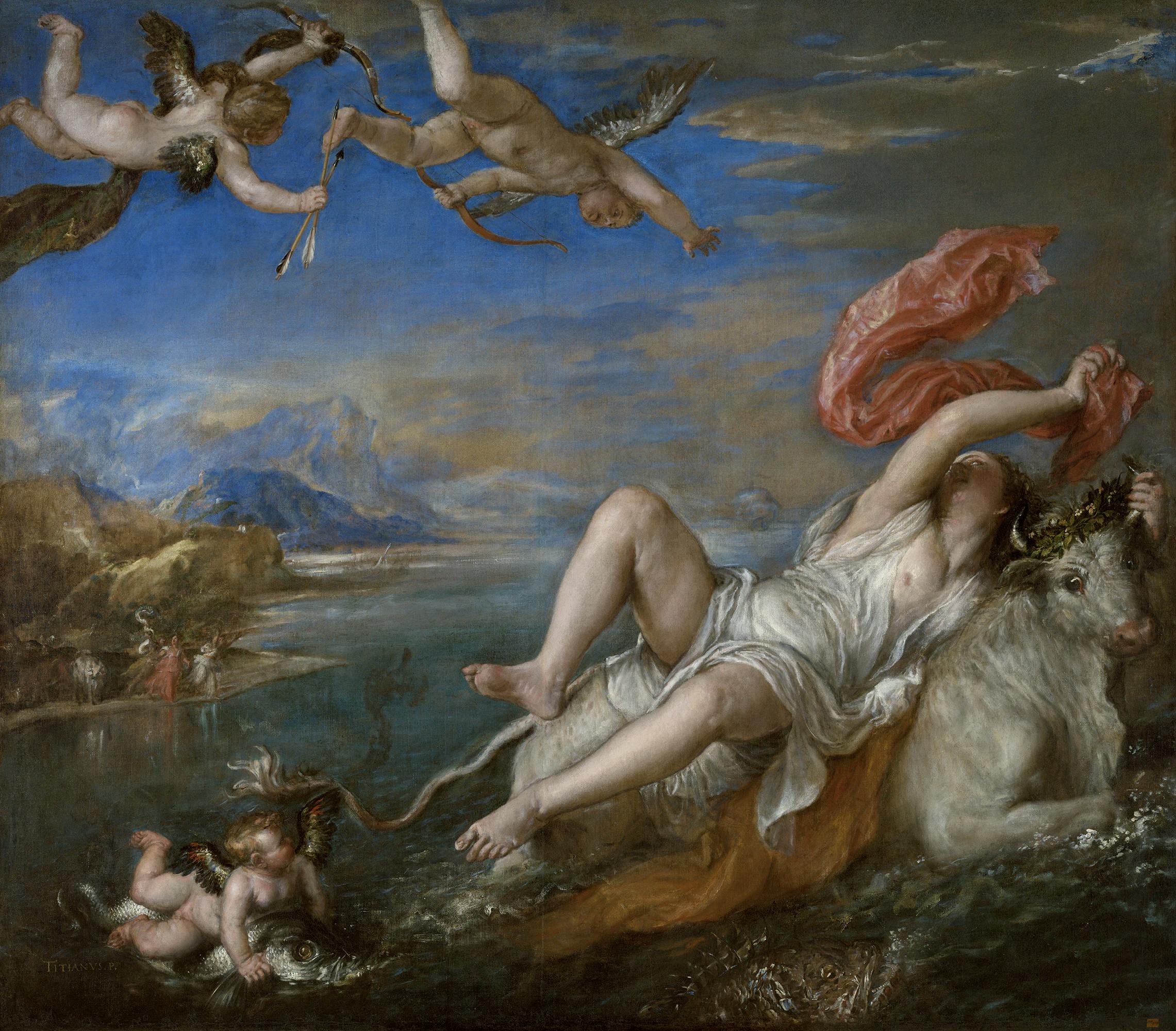Do We Really Need To Put Up Trigger Warnings For Paintings In Art Museums?
Amid social pressure to stay “woke” in an era of instant gratification on social media, everything and anything is getting canceled. Beautiful, treasured works of art are some of the latest victims of cancel culture.

Alright, it’s fair to have a bit of a visceral reaction to hearing the title of a piece called “The Rape of Europa” or wanting to avert your eyes when viewing Artemisia Gentileschi’s “Judith Beheading Holofernes,” but is it actually problematic to depict sexual harassment or violence in art?
In this growing phenomenon, crusaders for social justice are calling for the censorship of paintings of ancient myths or historical events that appear gruesome or gory, depict sensual images of feminine and masculine bodies, or showcase traditional culture. In less hysterical cases, they’re simply advocating for trigger warnings to be used to prepare the spectators at art exhibits and museums.
Forget the excuse of good intentions, this movement to erase or censor subjectively “triggering” topics and replace them with ugly aesthetics is harming our souls and psyches.
Trigger Warnings Are Coming to a Museum Near You
We’ve gotten used to seeing warning labels on movies or songs like “explicit content” or “parental advisory,” but will we soon have to get used to labels on art like “Warning: mural references trauma and distress” or “Warning: painting depicts sexist behavior”? And who’s to decide what’s actually sexist behavior or not? The painter? The museum curator?
The movement has been catching steam in academia, and I predict it will soon become more mainstream if we don’t address how unnecessary it is as a society. Trauma is real and being sensitive to people’s individual mental health can be important in some cases, but I begin to wonder what museumgoers used to do when confronted with difficult themes or uncomfortable imagery.
The BBC chose to put a trigger warning on one of Europe’s most influential artists, Caravaggio. His pieces depict some extremely violent imagery, but it’s nothing that doesn’t take place in real life. Some of his most notable pieces depict beheadings, and unfortunately, decapitation still takes place to this day. It’s a violent world, but it’s sadly realistic.

Okay, so adding a trigger warning is just one step. Playing devils’ advocate, giving content warnings can help people know what to expect in an art exhibit, provide suggestions for what content might not be suitable for young eyes, or maybe give someone who has experienced extreme trauma the option to skip a particular gallery.
Well, Now We’re Supposed To Reject Creative Genius Outright
A journalist for The Critic, Alexander Larman, wrote that he saw a sign at the Tate Britain art museum which read: “Please be aware that the art of William Blake contains strong and sometimes challenging imagery, including some depictions of cruelty, suffering, sexual violence and the brutal treatment of enslaved people.”
He also found himself in an exhibit called “Male Order: Power, Patriarchy and Space” which “examines the unequal power relations that exist between genders as well as the relationship of marginalized masculinities to the patriarchal order, which is predicated on the dominance of hegemonic masculinity.”
Great figures in art history simply can’t just be enjoyed for their incredible talents anymore. They now have to be dissected like test subjects that examine each potentially “problematic” aspect of their work and their personal lives.
Great figures in art history now have to be dissected over each potentially “problematic” aspect.
Artists who depicted strong male historical or mythological figures have to be given the run around about patriarchy and sexism. Artists who depicted historical figures that may or may not have owned slaves or somehow are linked to slavery have to be rigorously analyzed for intentional or unintentional depictions of racism.
The socially woke make claims that we can’t overlook the artist’s sins since there are many other options for less problematic, still visionary artists. It’s not entirely fair to reject someone’s creative genius or the good things they’ve created on the basis of the bad things they may have done. Yet, critics feel doubtful that no matter how “great” a work of art is, it can no longer be exempt from moral scrutiny.
Even though an exhibit of Titian’s “Rape of Europa” should by no means ever seem like an endorsement of rape culture, when one museum chose to present it and other paintings around the theme of sexual violence, they had to issue lengthly apologies and provide sexual assault crisis center resources just to ensure the public that they’re not problematic. Despite the touchy topic, the painting has dazzling aesthetics, intriguing uses of light and shadow, and powerful composition. His art is undoubtedly skillful and alluring, if not downright beautiful.

Titian’s “Rape of Europa”
Beauty Is Not Subjective; Ugliness Is Oppressive
Both anecdotal and psychological evidence shows that beauty nourishes your soul. You’ve probably heard it before that the colors we surround ourselves with can change our moods. The common advice goes to decorate rooms with blue if you’d like to evoke a calming environment or paint with green to channel creativity in emotions, and countless studies can back it up.
Beauty catches our attention. Beauty provides value. Beauty doesn’t necessarily need to be pleasurable, but it should be powerful.
The predisposition to prefer beautiful aesthetics is being studied in an experimental field of science called neuroesthetics. This new area of neuroscience research exists to showcase how our brains are probably wired to prefer beauty. Researchers find that the way we experience art spans thoughtful, conceptual principles such as we love symmetry, visual metaphors, perceptual problem solving (think: a provocative painting of a lady whose robes are slipping off rather than a standard nude). The importance of neuroesthetic principles is that they explain how the type of art we find most visually pleasing is actually guided by a set of universal laws.
Neuroesthetic principles explain how visually pleasing art is guided by a set of universal laws.
It’s quite clear that while Caravaggio's depictions of decapitations are not beautiful in the typical sense, their mental interest is in how impressive the painter’s abilities are and how our brains produce a visceral reaction, and for lack of better phrases…well, it really makes you think!
Restricting Art Leads to Dreary Visuals and Sameness
So what’s our 21st century Caravaggio? Grotesque art made by contemporary female artists with the purpose to inspire dread, subvert expectations, and defy gender stereotypes. Feminist artists will assert that the grotesque and femininity actually go hand in hand and that visual disturbia is actually important for empowering marginalized groups.
Alright, so blatant showcases of decaying bundles of flesh, deformed bodies, or repulsive and downright tasteless scenes of underage sexual activity are just as thought-provoking and alluring as Caravaggio, right?
Far from it! Modern art is notoriously ugly, and while the gruesome feminist art is an extremely far swing on the pendulum, we’re actually surrounded by ugly modern “art” all of the time. Think about how cultures worldwide have their own unique, sometimes incredibly ornate architecture. And then think about the dull, repetitive buildings that were popularized for their utility and homogeneity.
This trend actually can be attributed to socialist city planners who needed scalable, urban design. To pioneer of modernist architecture Mies van der Rohe, “a house is a dwelling machine” – it’s not meant to evoke personality or create something for your neighbors to look at. You’ve seen the “communist blocks” near you before: cheaply made, no lawns or landscaping, dulls your senses, looks identical to everything else, and is entirely totalitarian.
So these blocks grew like weeds first all throughout socialist nations like the former USSR but now have spread like wildfire across the world. These structures make us feel depressed and sometimes even downright nihilistic.
How are we not supposed to feel miserable when we degrade our minds with ugly art and architecture?
Yet, just like how celebrated art is being censored or removed from museums, beautiful architecture from a wide range of cultures is being replaced by these cookie-cutter buildings. After the Notre Dame Cathedral in France suffered extreme fire damage, a renovation including a “more modern look” was announced to make adjustments and install contemporary art. Historic shrines in Bangkok and all around China get demolished to make room for high-density condominiums complexes.
Let me be clear, I’m not criticizing necessary examples of this, like if a temple is in absolute shambles or if a city needs to retrofit a building to be up to earthquake code. I’m pointing out how callous it is to replace the pleasant visuals of culturally significant structures – whether it’s traditional or ancient in style or more modern – with postmodern, homogenous, and sometimes brutal structures.
If it’s in our DNA to like beautiful things, consider this movement to dull your senses with bland visuals or make you grimace with needlessly graphic imagery a movement by our society to reprogram our minds. The beauty that we find in palatial structures or reverent paintings of opulent figures and breathtaking landscapes is being called out as toxic when in fact these works of art are preserving sacred culture.
Closing Thoughts
Our spirits rise when we surround ourselves with beautiful things. How are we not supposed to feel utterly miserable when we degrade our minds with ugly art and architecture? To that extent, I would argue that reviving beauty and not letting traditional culture get erased is important to our mental psyche.
The art world is sailing into dangerous waters if it caves to cancel culture. It’s not fair to reject masterpieces on the basis that their creator was six feet under centuries before our society progressed to the level of woke that it is at now. We shouldn’t turn our backs to beauty and allow for distasteful movements to replace the art that brightens our minds and spirits.
Readers make our world go round. Make your voice heard in the official Evie reader survey.